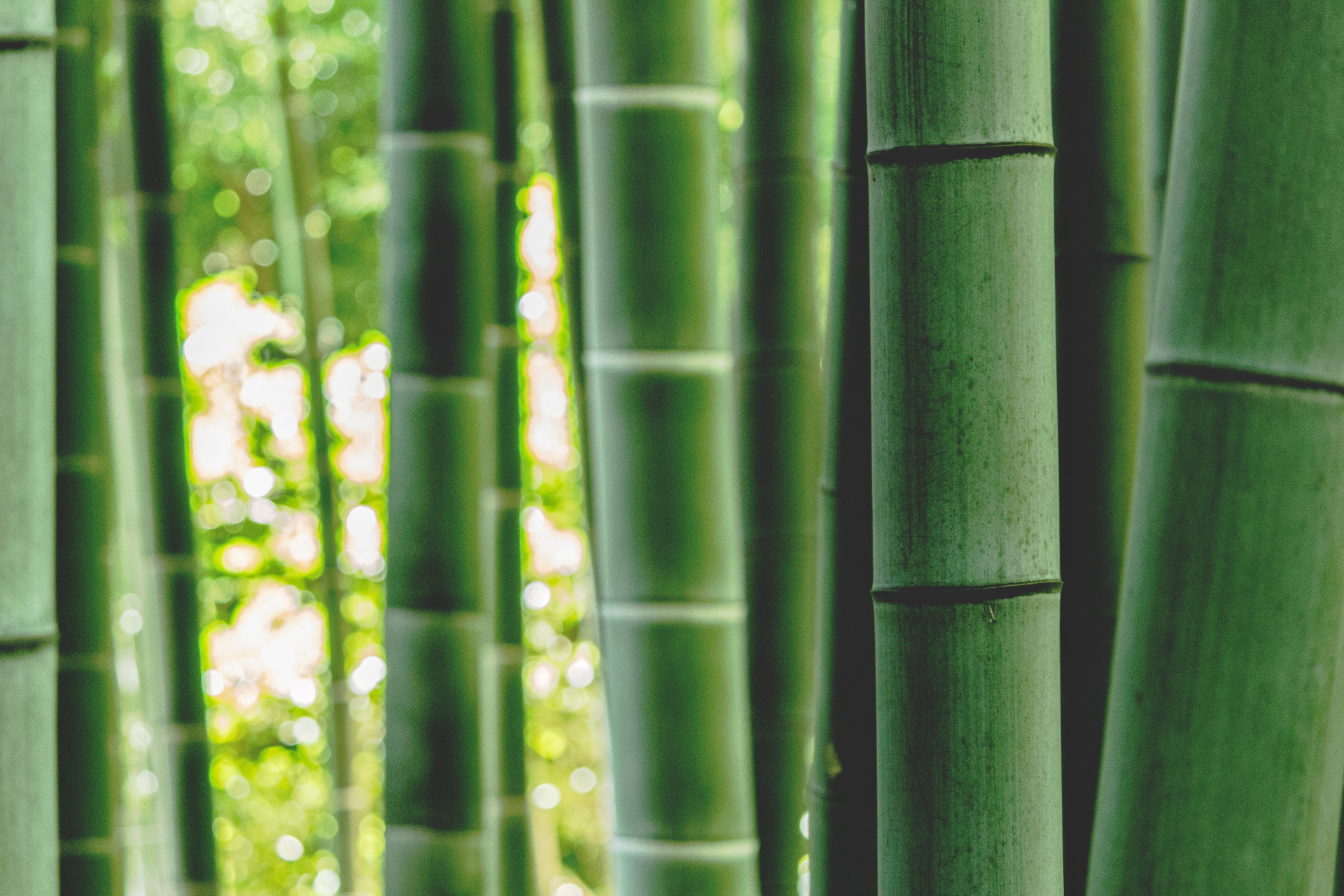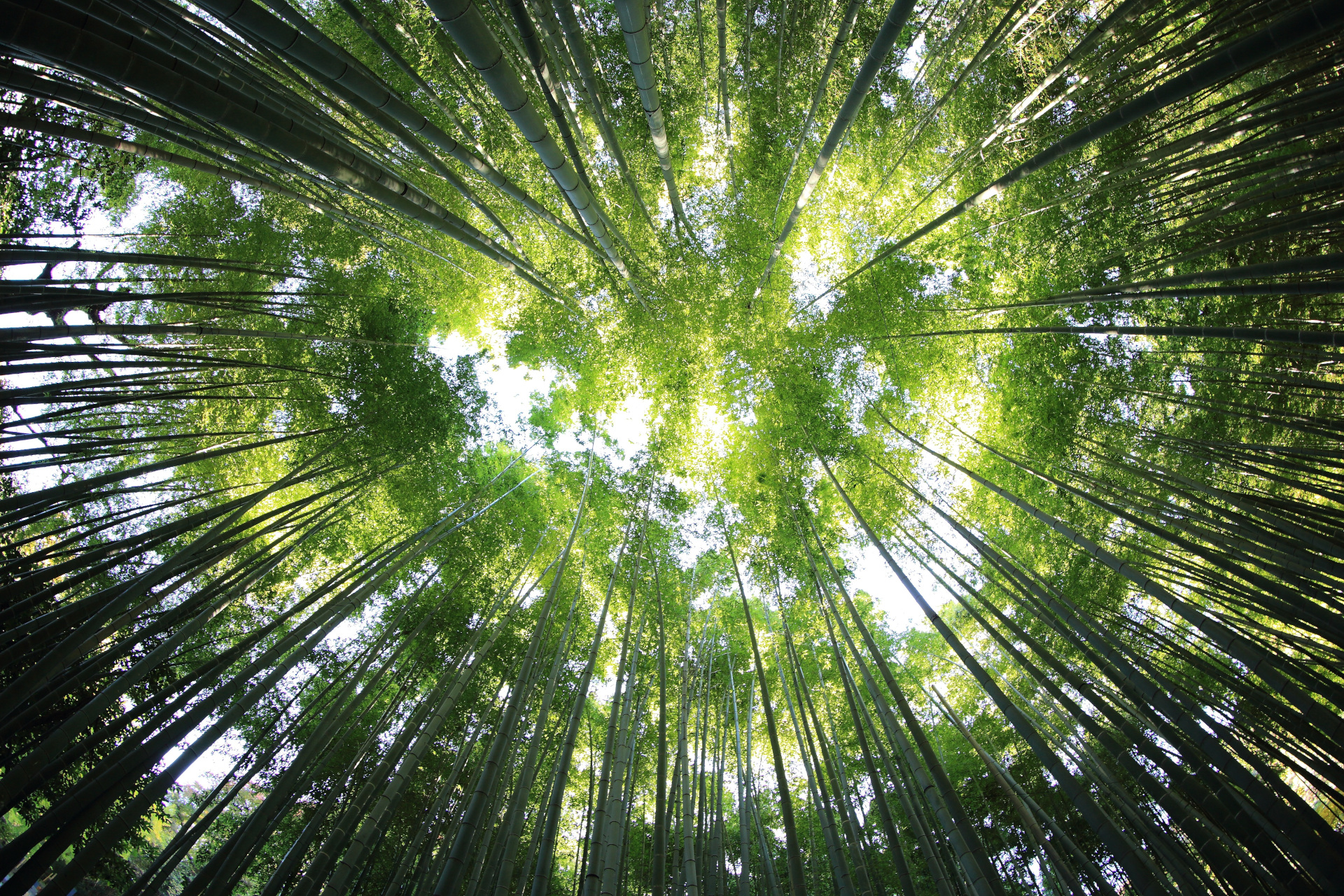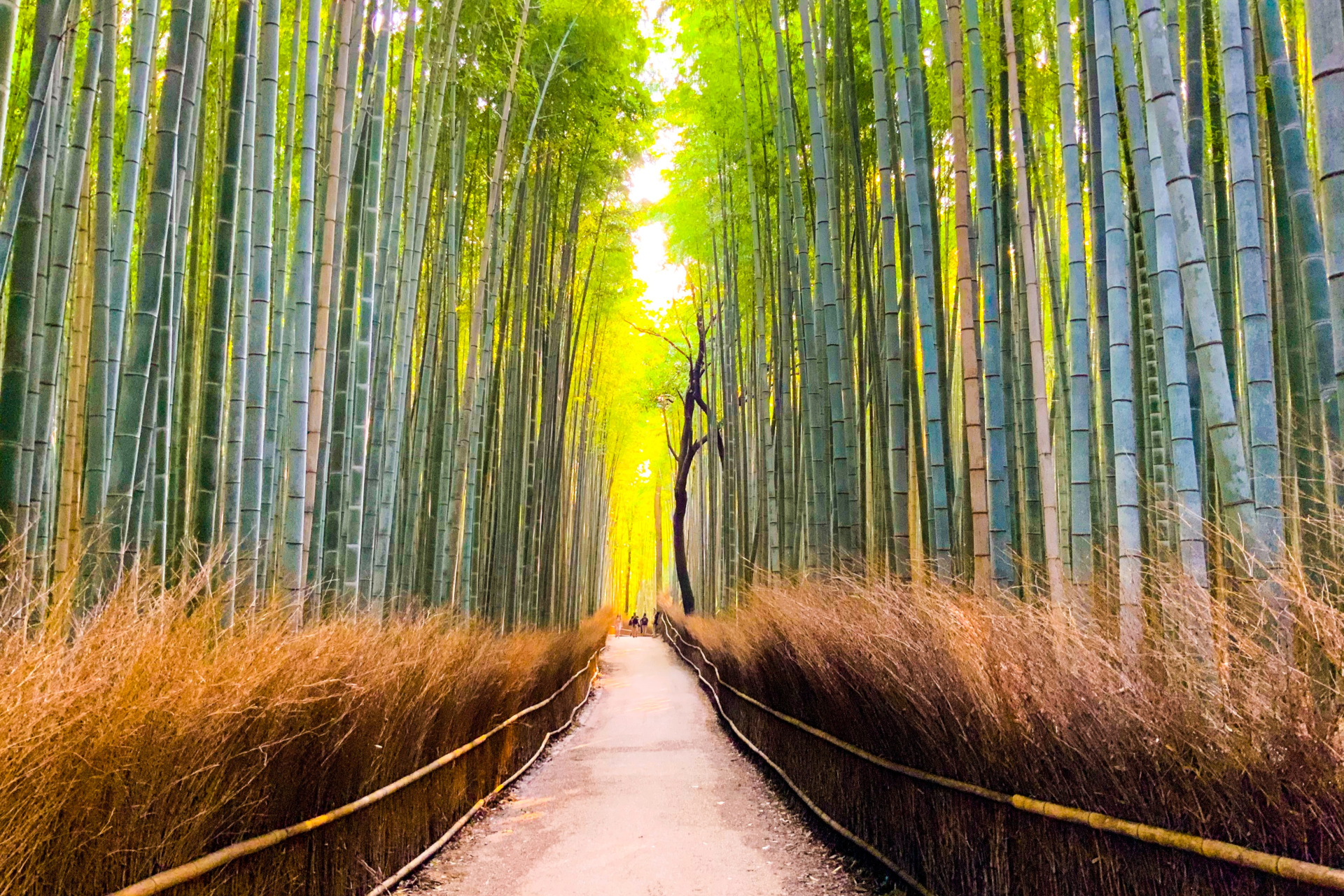Sustainable Materials Series: What is Bamboo?
By
3 years ago
We examine the pros and cons of the poor man's timber

In this series, we take a deep dive into what makes certain materials ‘sustainable’ – from origins and extraction methods to the pros and cons of using them at home. This week, we tackle bamboo.
Sustainable Materials Series: Wool
Sustainable Materials Series: Bamboo
What is bamboo?
With over 1000 species growing in the world, bamboo is the largest member of the grass family. Known for its ability to grow very quickly – with most species maturing within three to five years – these plants are quickly jumping to the top of the ‘alternative materials’ list.
While bamboo is mostly grown in Asia, Africa and Latin America, some varieties can grow in colder climates (like here in the UK).
Where can you find it?
The word ‘bamboo’ often conjures up images of Zen gardens, pandas and Eastern paintings, but the plant has proven itself to be capable for many other functions. As Econation notes, bamboo is used pretty much everywhere: from architectural projects, medicines and food to clothing and fuel.

(c) Kazuend, Unsplash
Fancy a change of scene? Over a billion people are estimated to live in bamboo houses, according to the International Bamboo and Rattan Organisation (INBAR). Having similar attributes to wood (as well as strength-to-weight ratio akin to timber), bamboo is often used to build homes, support bridges, reinforce roads and create cost-effective scaffolding.
If you wander down to your local supermarket, you’ll also find bamboo lurking around aisles. Those with some kitchen know-how will be familiar with the tins of bamboo shoots on the shelf, used to make flavourful stir fries, curries and dim sum that deliver a boost of fibre, copper and vitamins.

The plant also appears to be cropping up on the runway, with clothing brands now more deeply examining their impact on the environment. Activewear label BAM, which aims to be impact positive by 2030, creates all of its items from bamboo (which surprisingly makes a great performance fabric).
Sustainable Activewear Brands To Know
Even utensils, tableware and toothbrushes are taking part in the bamboo bonanza, with brands like Bambaw advocating for plastic-free and zero-waste swaps for items we use daily.
What are the benefits?
- A hardy and withstanding plant, bamboo can grow quickly and almost anywhere – meaning it has a lot of potential when it comes to farming and harvesting.
- It doesn’t need pesticides, chemical fertilisers or irrigation to grow.
- Bamboo produces over 35% more oxygen than trees, and has the potential to help with carbon sequestration (naturally storing carbon in a carbon pools for long amounts of time, preventing it from entering the atmosphere).
- It’s naturally renewable: it regrows from its own root system so it doesn’t need to be replanted.
- It’s beneficial for soil. INBAR notes on its website that the plant offers ‘a wide network of roots and rhizomes [that] is highly effective in keeping a check on soil erosion by holding and binding the soil firmly, thereby preventing soil loss from ravines.’

(c) Takashi Hamada, Unsplash
What are the drawbacks?
- In recent years, increasing demand has led to large areas of land have been cleared to make room for bamboo – displacing pre-existing wildlife. In most cases, only bamboo is planted on these areas of land, creating a monoculture that reduces the biodiversity of that area (Eco&Beyond).
- Some bamboo fabrics undergo chemical processing, producing fumes that contribute to air pollution.
- As the majority of commercial bamboo is produced in China, it unavoidably creates a hefty carbon footprint through shipping.
What can we do?
While bamboo on its own proves to be a ‘good’ sustainable choice, the conditions under which it is grown, shipped and altered must also be taken into consideration. When looking to buy a bamboo product, make sure to consider where it comes from (and how it is being shipped over to you), how it has been made, what has been used to make it (try to avoid chemicals where possible) and whether you really need it.
Make sure you completely use up what you already have before swapping it for something more eco-trendy. Don’t rush out to the shop to buy a bamboo toothbrush if you already have one – plastic or no – sitting in the bathroom at home, and don’t take vague labels like ‘sustainable alternative’ at face value.
Featured image: Unsplash
DISCOVER MORE
The Best Sustainable Fashion Brands / How to Shop for a Sustainable Sofa



